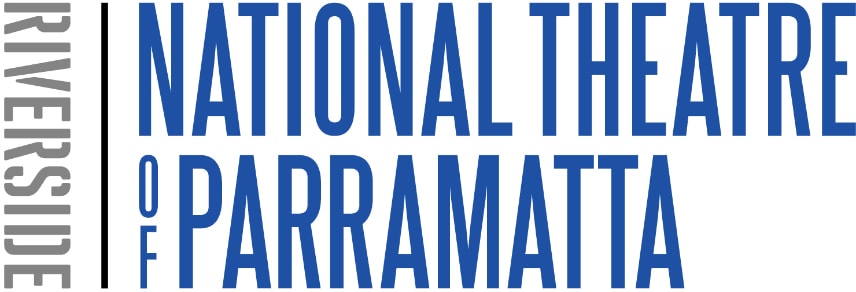From the Playwright : Hilary Bell
August 30, 2017
Award-winning writer Hilary Bell has adapted Shaun Tan’s The Red Tree for the stage in National Theatre of Parramatta’s upcoming production.
What attracted you to this project?
The chance to write a show for this age group (10 – 15 year olds). There’s a lot out there for littlies, and a lot for adults, but not much for this demographic. My kids are 14 and 16, and as I wrote I was thinking of them and their friends. Also, I was excited at the prospect of creating a new musical, as music theatre is a great love of mine. And of course, the book is so mysterious, inviting very personal interpretations, and in its deceptive simplicity so full of hope.
What can audiences expect of The Red Tree?
Expect to be moved by the courage of this sensitive little girl – and to be charmed by the wonderful Nicola Bowman. Expect to be astonished at the inventive and beautiful design. And expect to have Greta’s incredibly catchy music stuck in your head for days afterwards.
How do you feel the show differentiates from the book?
The essential difference is that we have overlaid a narrative, however simple, on the book. In our interpretation, the girl (whom we’ve called Ava) decides she’s not going to leave her room, and while she travels through the book’s fabulous landscapes, these are manifestations of how she feels, rather than actual locations.
The other major difference is the text: where the book has a total of maybe 50 words, Ava sings her way through 15 songs, accompanied by a band. I felt it should be sung rather than spoken partly because, with only one actor on stage, the alternative would be an hour-long monologue. I couldn’t imagine how this would be entertaining, especially for young people. Also, music being so emotional, I knew it would carry a lot of the drama – both on its own terms and in relation to the lyrics.
How is the process of writing the libretto different to writing a standard play?
Very different! You need to find the moments that demand to be sung as opposed to spoken, and then encapsulate those with an conceptual ’hook’, as well as rhyme, rhythm and structure. A song is like a little play, with its own three-act structure and a trajectory over which the character evolves and things move forward. You also need to ensure there’s variety from one song to the next, especially with only one character.
What advice would you give to emerging writers?
See as much theatre as you can. Read as many plays as you can. Find ways to mount your work in front of audiences, however rudimentary the production. There’s nothing like monitoring the responses of different audiences to your work if you want to learn about playwriting. If you can find someone to develop alongside – a director or an actor, for instance – that can be a great help. And I would encourage any writer, at any stage of their career, to make themselves part of a community of playwrights. I am part of a group called 7-ON, comprised of six others who are both colleagues and friends, and having that support and understanding is invaluable.

